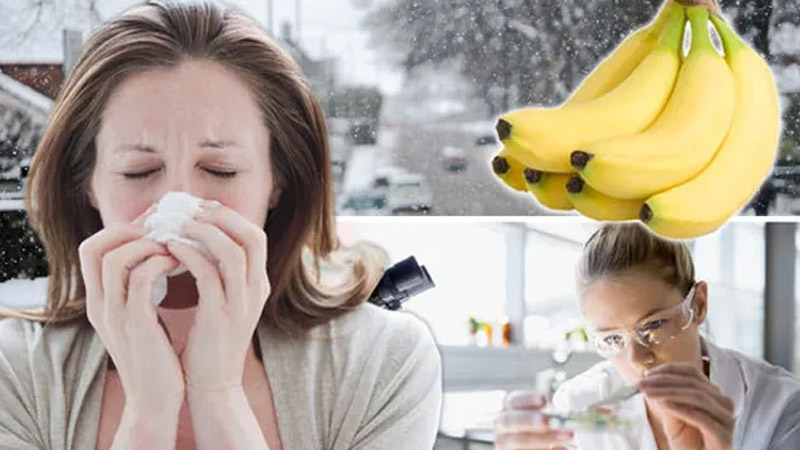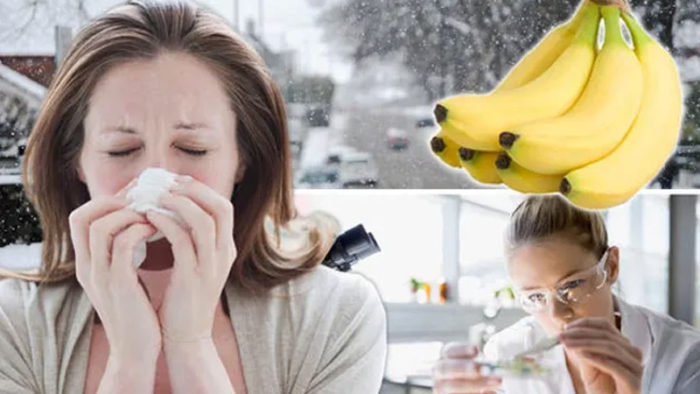It’s interesting to note that the worldwide research team behind the influenza publication had also looked into these banana-derived coronavirus treatments before the virus that momentarily halted their work arrived. According to David Markovitz, M.D., professor of internal medicine, Division of Infectious Diseases, University of Michigan Medical School, “At the time we thought MERS would be the big target, which we were worried about because its 35% mortality rate.”
The Middle Eastern Respiratory Syndrome, or MERS, briefly broke out in 2015 and was responsible for 858 verified fatalities. The effectiveness of H84T-BanLec against all coronaviruses known to infect humans, including MERS, the original SARS, and SARS-CoV-2, including the Omicron variant, is described in a research published in Cell Reports Medicine.
Peter Hinterdorfer, Ph.D., of the Johannes Kepler University Institute of Biophysics, and Kwok-Yung Yuen, MBBS, M.D., of the University of Hong Kong, are two senior writers who collaborate with Markovitz. Jasper Fuk-Woo Chan, M.D., of the University of Hong Kong, is the paper’s first author.
As soon as COVID-19 broke out, Markovitz said, “We, of course, wanted to study the therapy’s potential and discovered it was effective against every type of coronavirus, in vitro and in vivo.” It was effective whether administered systemically or intravenously in animal models, prophylactically or therapeutically in the early stages of the disease.
A lectin (a protein that binds to carbohydrates) that was isolated from banana fruit is the source of H84T-BanLec. It binds to high-mannose glycans, polysaccharides that are often found on the surfaces of viruses but very seldom on the surfaces of normal, healthy human cells, to achieve its amazing viral-blocking powers. Once bound, the virus is unable to infect cells.
The scientists demonstrated that H84T forms several strong connections with the spike protein using atomic force microscopy and similar techniques, which, according to Markovitz, presumably explains why it’s challenging for a coronavirus to be resistant to the lectin.
Because they are proteins that might possibly impair the immune system, lectins have long been shunned as potential therapeutics despite their antiviral potential, according to Markovitz. H84T-BanLec, which has been altered to eliminate this effect, had no negative consequences in animal models.
While there are presently a number of COVID-19 therapies available, such as remdesivir, Paxlovid, and monoclonal antibodies, their efficacy, adverse effects, and simplicity of use vary, and several have become less effective as SARS-CoV-2 continue to develop.
The researchers believe that H84T-BanLec has a special potential since it is efficient against all coronavirus subtypes and influenza viruses. Markovitz and the crew want to see the treatment make the more challenging transition from testing on animals to people. In seasonal and pandemic scenarios, the team envisions a nasal spray or drops that may be utilized to prevent or treat coronavirus and influenza infections.
A big advancement in the battle against cancer may also come from the possible use of H84T-BanLec against cancer cells. H84T-BanLec has shown excellent effects against coronaviruses and influenza viruses, making it a potentially useful addition to the toolbox of therapies for numerous viral disorders. However, further study is required to examine the possibilities of employing it in cancer therapy.
The need for efficient and widely available medicines is still critical as the COVID-19 pandemic and the looming danger of new infectious illnesses continue to plague the planet. Researchers are working to realize the promise of H84T-BanLec in the form of secure and efficient human therapeutics because of its unique capacity to target a broad variety of viruses.
Additional research using banana proteins to combat SARS-CoV-2
Researchers have continued to look at the possibility of using lectins produced from bananas as a treatment for SARS-CoV-2 and other coronaviruses after the publication of the work in Cell Reports Medicine in January 2020 mentioned above.
One investigation on the antiviral capabilities of BanLec, a distinct banana lectin, was published in the journal Antimicrobial Agents & Chemotherapy in October 2020. The research revealed that BanLec was successful in preventing SARS-CoV-2 entrance into human lung cells in vitro, indicating that it would be a suitable option for future research and development as a COVID-19 treatment.
A different investigation on the antiviral efficacy of a lectin from the banana plant against SARS-CoV-2 and other coronaviruses was published in the journal Frontiers in Pharmacology in December 2020. A lectin known as Musa acuminata agglutinin (MAA) was shown to be able to prevent the entrance of SARS-CoV-2 and other coronaviruses into host cells, according to the research.
In order to prevent or treat COVID-19 and other coronavirus infections, the researchers suggested that MAA may be turned into a nasal spray or other kind of inhalation treatment. Researchers have looked at various plant-derived substances in addition to lectins from bananas as possible treatments for COVID-19.
For instance, research on the antiviral efficacy of chemicals from the Indian gooseberry plant against SARS-CoV-2 was published in the journal Molecules in October 2020. The results of the investigation showed that the compounds might prevent COVID-19 viral replication in vitro, indicating that they would be good COVID-19 treatment options.
Although the findings of these investigations are encouraging, it is crucial to keep in mind that further studies are required to establish the security and efficacy of these plant-derived chemicals as treatments for COVID-19 and other coronaviruses. Nevertheless, the possibility that these natural substances may provide a fresh method for treating viral infections highlights the significance of continuing to scour the enormous variety of plant species for brand-new therapeutic medicines.


